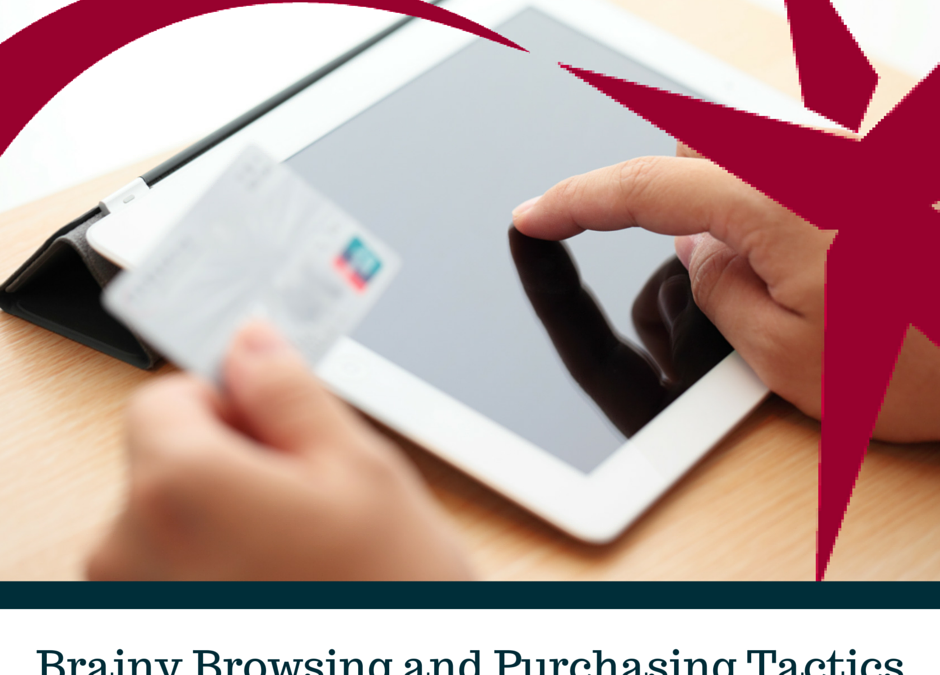It seems every time you turn around there’s another item you need—and you needed it, like, yesterday. A replacement water filter for the fridge, new carpet, an extra garage door opener…
So, what do you do? If you can’t visit your favorite retail shop, you’ll probably go to your second best option — online shopping.
Whether on your mobile device or a computer, you may have a few of your favorite online shops bookmarked. Online retail giants like Amazon.com, eBay.com and Zappos.com continually update their safe-purchase policies, but have you checked the security settings of other websites lately? Are you sure your purchases and personal info is still protected?
There’s plenty you can do to protect your info whether you’re online or out and about.
Spam filters are there for a reason. Don’t disable (or forget to activate) the spam filter settings on your browser and in email programs. Though you may not receive notifications each time a suspicious email or a website pop-up is blocked, rest assured the spam filter is doing its job. If you’re worried it may redirect a legitimate email to the wrong location, just check your spam or ‘junk’ email folder every so often.
Don’t ignore update notifications. Keep firewall and anti-virus programs up-to-date. As new malware seems to pop up daily, your computer and mobile device support systems work constantly to keep your content protected by creating new protection policies and pushing them through to you via updates.
Be a skeptic. If an email or link on a website seems too good to be true, it probably is. Fraudsters work hard to reach you in various ways. Don’t assume the email you just received from Aunt Rhonda bragging about the gigantic sum of money she won is legit. Her email could have been hacked. Look for phrases that don’t quite make sense, hover over links in emails to see where they point and be leery of shortened URLs that don’t give you clues as to where the link is taking you.
Keep your cards in sight. Card readers, also known as skimmers, can be present anywhere. Skimmers retain information when someone runs your card through a smaller machine under a counter or concealed in clothing. These card readers can even fit over the top of a legitimate card reader at an ATM. The stolen information can be copied onto another card for use by someone else. Keeping an eye on your cards at all times and being on the lookout for fake readers can reduce the risk of your information being stolen.
Trust your instincts. When in doubt, make a purchase from another location or website. Doing so can save you a lot of time and financial hassle later on.
If you think your personal information has been used by someone other than you or if your cards have been compromised, be sure to alert your financial institution immediately. The sooner you take back control of your finances, the easier it will be to clean up the mess another may have created for you when unjustly using your information.
If your credit and debit card company don’t come equipped with services like fraud prevention and account monitoring, consider switching to a financial institution like MembersFirst–we take every threat very seriously and will work with you to identify where the information leaks might be. Don’t put a bandage on the issue; get to the root of the issue by protecting your info as much as you can.


